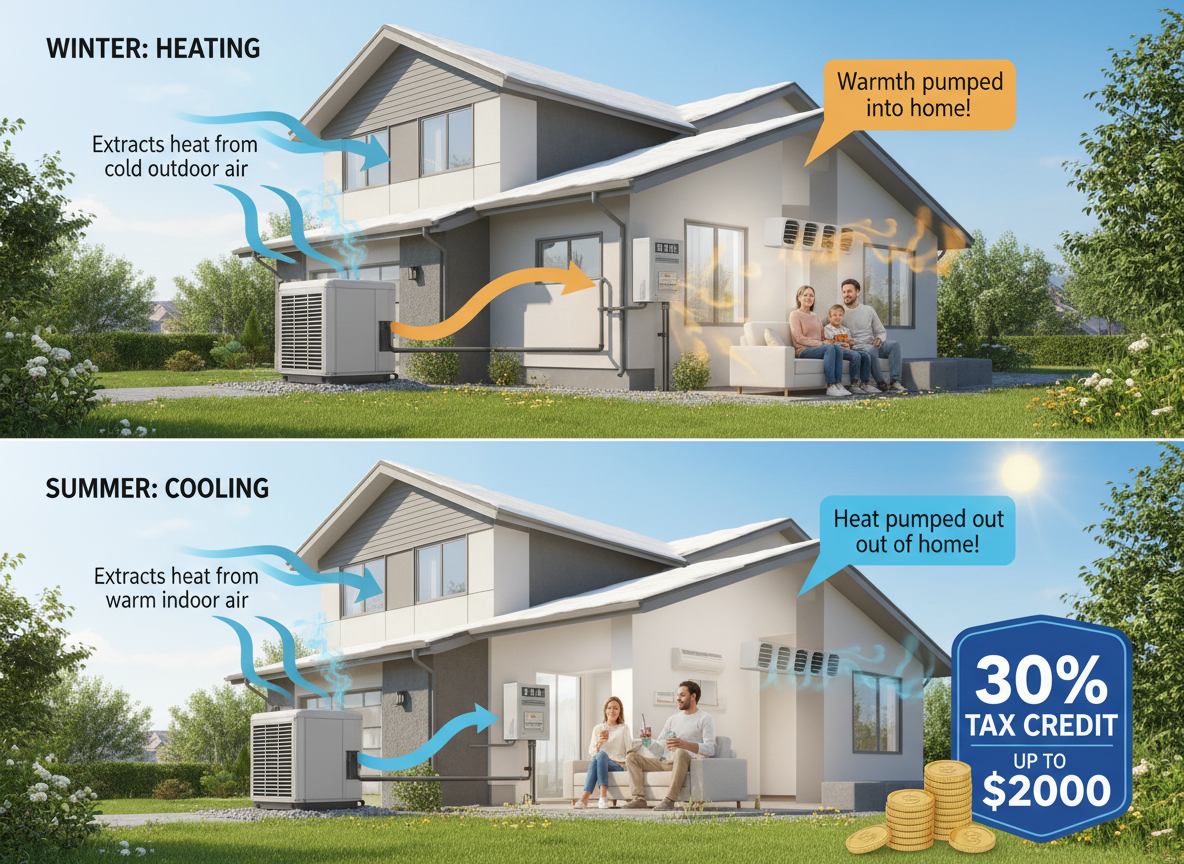
Efficient ductwork design and a proper quality ductwork installation is essential for an efficient HVAC system. A properly designed ductwork system will account for your home size, and layout to provide you with a comfortable home efficiently to save you as much as possible on your energy bills. A duct system that has not been properly designed will take away from your comfort level and can lead to excess money spent through inefficiency and poor indoor air quality. If you have uneven temperatures in your home, unexplained high heating, or cooling costs, excess indoor humidity, or noisy airflow they are all signs of bad ductwork design or low-quality installation. Below we discuss best practices for an efficient ductwork design.
Avoid Sharp Bends
One of the most important aspects of ductwork design that you want to keep in mind is to avoid sharp turns in your ductwork or 90-degree angles, straight lines are best for effective air flow. Too sharp or too many bends decrease the amount of air that actually reach the areas of your home that need to be cooled or heated. Y joints are also a good option, these types of joints will allow for air to move more freely while reducing pressure on the joints.
Central Location
Ideally your air handler should be located centrally in your home to minimize long duct runs. This minimizes the opportunity for air leakage within the duct system and therefore increasing energy efficiency and performance. Just like with sharp bends and turns, unnecessary long spans create air friction within the ducts decreasing its performance. Best practice is to incorporate short straight ducts for the most efficient method to deliver heated and cooled air throughout the home.
Ensure Proper Ductwork Sealing
Every place where there is a duct connection, there is a potential for an air leak. It is best to use as few separate pieces as possible. Most local building codes enforce a maximum amount of air leakage allowed for new ductwork or when upgrading your current duct system. If ductwork is not properly sealed as much as 20 percent of conditioned air can be lost without reaching the interior of the home where it is needed leading to high energy loss.
To minimize this issue, proper joint sealing is critically important. Ducts should be sealed with mastic sealant and sheet metal screws, never with standard duct tape. Also, use conditioned routes for the ducts as much as possible. If ducts run through unconditioned spaces, they must be insulated to prevent energy loss.
Types of Ductwork
Depending on your local building codes you may be able to use flexible or metal. Use only approved ductwork material either fabricated or industry-standard sheet metal, or approved flex duct. Furthermore, ensure to use appropriately sized ductwork that is not too small for your HVAC system.
Ensure Correct Return
Just as equally important as the delivery of air is the return system to provide healthy indoor air quality. Return ductwork is responsible for returning stale air back to the unit to be reconditioned to allow for a continuous flow of fresh air. Ideally each room that has a supply vent should also have a return vent. Not including enough return vents in your design is a common ductwork design flow that can lead to diminished comfort.
Contact LA Heating and Air
Give LA Heating and Air if you are looking to replace your ductwork. These are all good practices to keep in mind for efficient ductwork design but it is still best to consult with a licensed contractor. Keep in mind the drawbacks of poor ductwork design such as hot and cold spots, extra strain on your HVAC system, and poor indoor air quality. Give us a call today or contact us online we are here to help you.
Efficient Ductwork Design Related Posts:






















.png)














